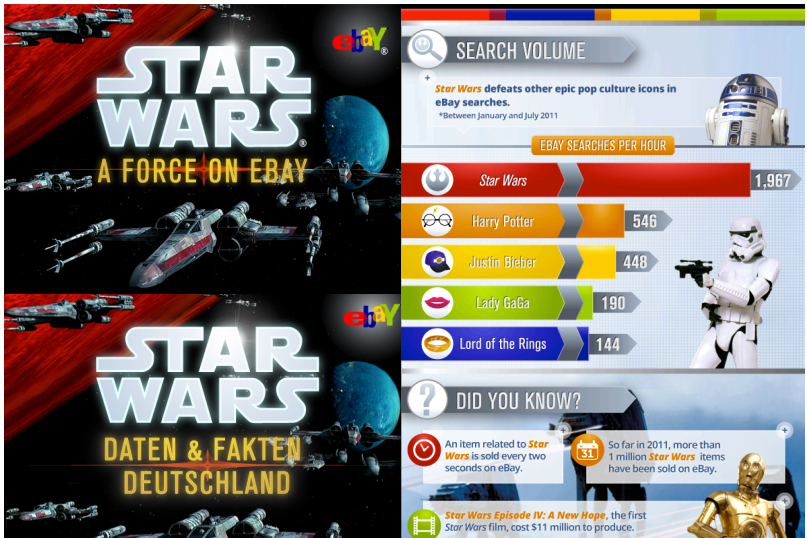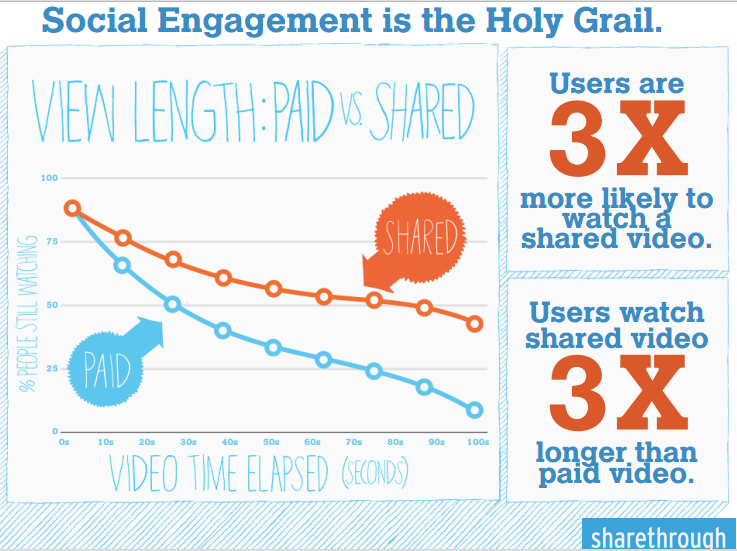In this morning’s SMX session entitled Marketing Campaigns Go Viral!, it’s clear that experts in attendance believe compelling information is the key to driving viral success. Chris Schreiber, director of marketing for Sharethrough, Jordan Koene, head of global content for eBay.com, and Alison Dempsey, partnerships manager at Bonnier Corporation (Parenting Magazine & Parenting.com), shared insights on how to create relevant content and appropriately solicit shares to see big results for simple marketing efforts.
First and foremost, the experts agreed, is creating content that will be useful for your online audiences. “An awesome-looking infographic won’t go viral unless the information is quality and relevant,” said Koene.
The streamlined overview of how campaigns go viral is: How things go viral: 1. Good content marketing 2. Continuous social optimization (including paid distribution) 3. Editorial coverage (from earned or solicited editorial outreach). To create content that will engage audiences and appeal to a mass of online users, marketers have to think of the motivations behind sharing. Consumers want to share because of emotional triggers (positive or negative) or to pass on practical information that will help friends and/or make them stand out as “in-the-know” individuals.
To appeal to these motivations, marketers can create content in a lot of forms. Koene advocates highly editorial, data-driven infographics. “Viral content can come from infographics around your business’ data – big sales figures, seasonal trends, etc,” he said. The experts also advocated that businesses find the “news hook” to boost the appeal of their content marketing. EBay saw big success with an infographic about sales of Star Wars products. It contained a ton of information that shoppers, ecommerce retailers and sci-fi enthusiasts alike found interesting.
Dempsey advised marketers to consider simple images that contain humorous brand messages. For example, Parenting.com shares images of babies with parent-friendly catchphrases, including “Boob: It’s what for dinner.”
Schreiber, on the other hand, advocates that businesses dive into the growing video content marketing realm. He cites the example of Mr. Pizza, a Korean business that made a short “mockumentary” (available on YouTube) about how pizza was really invented in Korea, to drive more than 1 million views and brand awareness in the U.S. market.
Whether an infographic, JPG or video becomes the piece of content a business is pushing viral, it’s important to remember to brand it. When social content goes viral, businesses risk losing brand messages, they said. Include a logo, catch phrase, or URL prominently to own the buzz.
And regardless of the format of the content, experts agreed keeping it simple. People will be much more likely to share when it’s easy to share. Plus, simple messages are often the most catchy.
In terms of social optimization, Schreiber pointed out that his clients have learned earned media is more effective than paid ads. “Branded content is now king,” he said. The difference between organic and paid distribtuion of content versus buying paid ad slots is finding consumers who are willing to watch versus forcing people to watch content.
Users are three times more likely to watch a shared video than a paid one, and they tend to watch them three times longer.
Business can pay for inclusion on some popular web sites, and they can also solicit editorial coverage through coordinated editorial outreach. (For video marketers, in particular, he named Facebook, Twitter, Metacafe, Digg Buzz Feed and others as top distribution channels to target.)
Koene also pointed out that blogging about your content is key to distributing it. He said eBay’s blog is where it’s ” viral content lives,” and he makes sure the blog is SEO-friendly to enhance discoverability.

